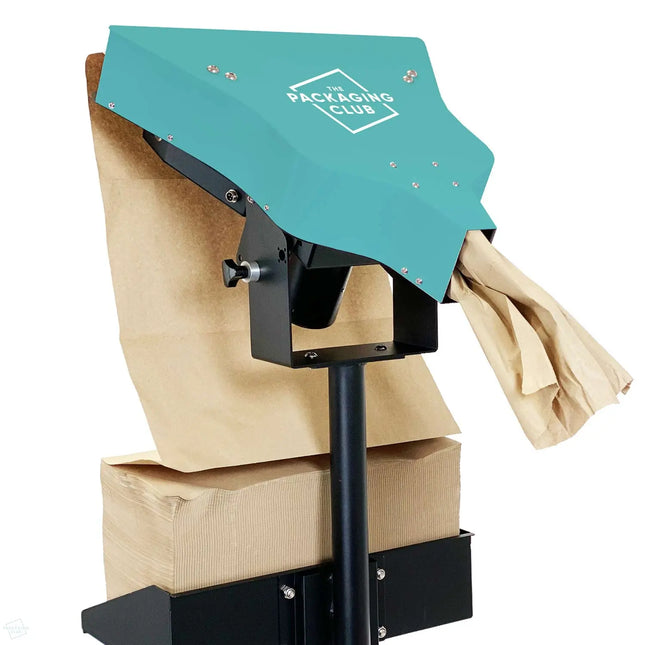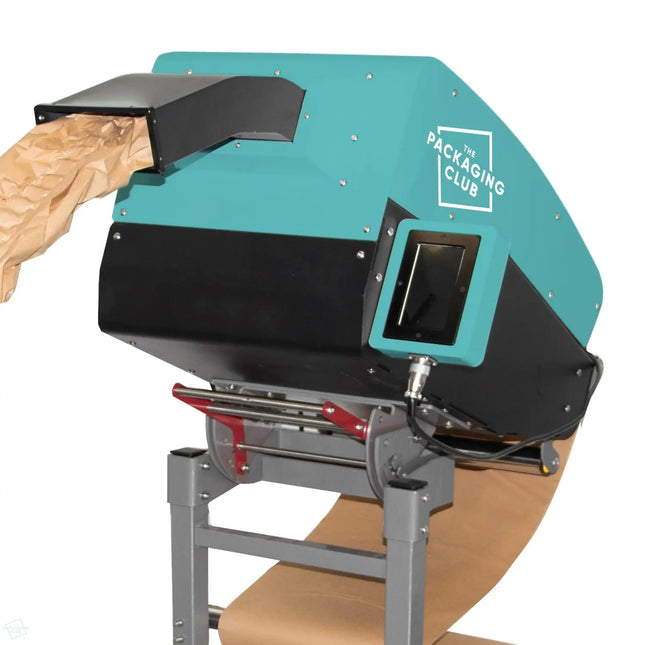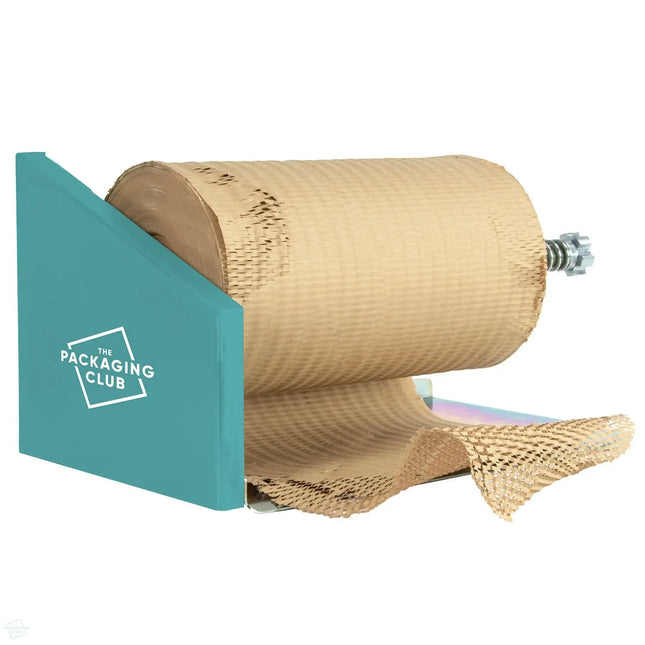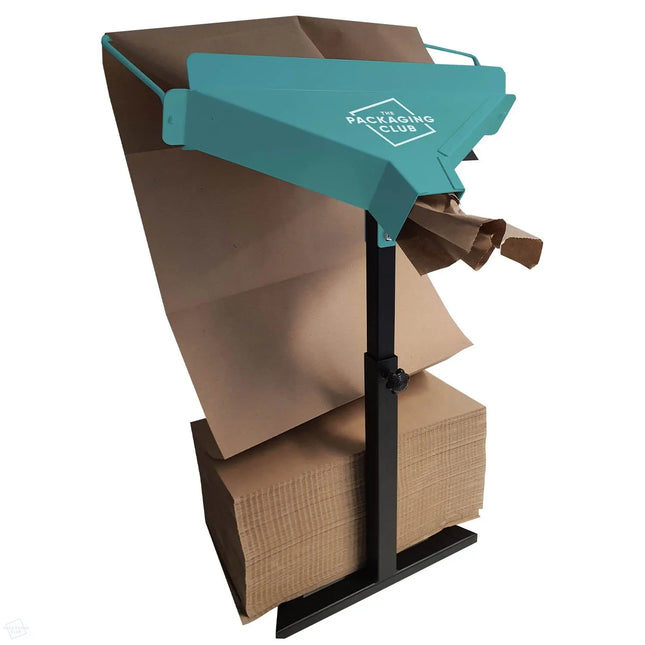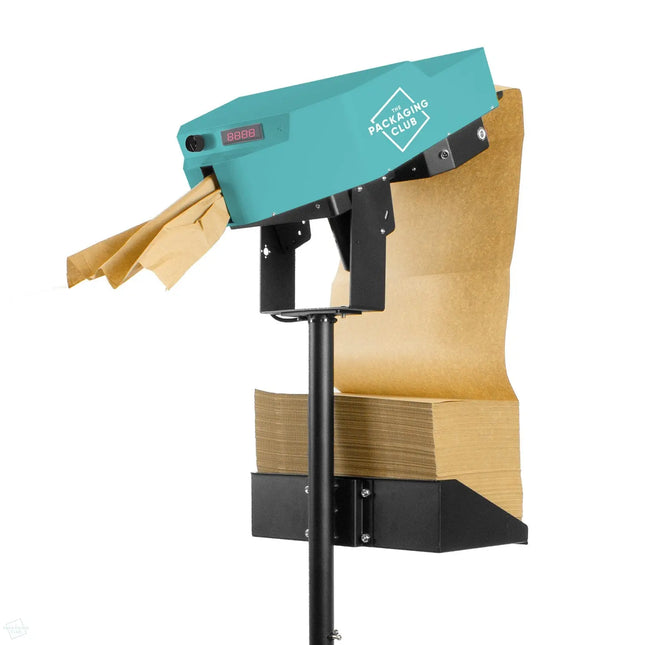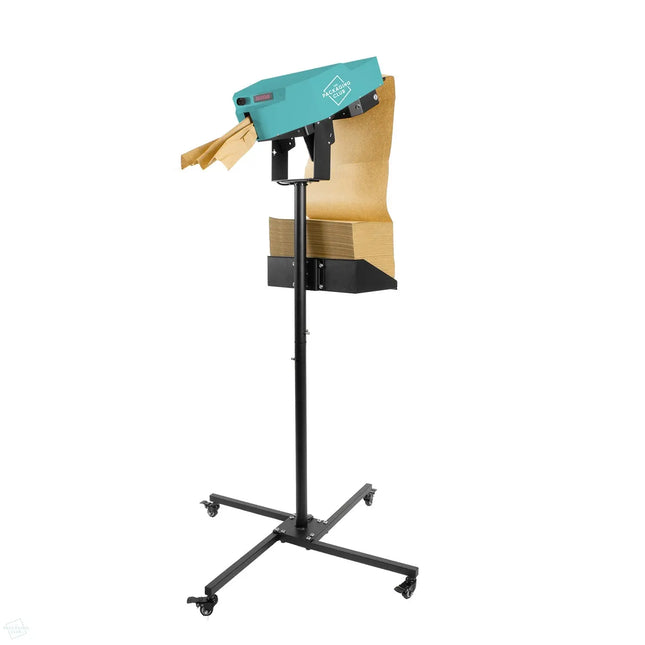How to Reduce Void Fill Consumption

In the quest to maintain the security and safety of any product that is going to be shipped, many packaging and shipping companies believe that void fill is a necessary part of the packaging process.
What is void fill?
Essentially, void fill is a means of filling up the empty space around a product, so said product isn’t able to move around during transit. The less something can move, the more likely it will be to reach its destination undamaged and in the best possible condition.
Void fill comes in all forms, from scrunched up brown paper, polystyrene peanuts, airbags and tissue to bubble wrap, reinforced or corrugated cardboard and foam cushions.
And it might surprise you to know that void fill falls into distinct categories. There is, for example, the block and brace category, in other words, fill used to wedge heavier items into position so they can’t move. Then there’s loose fill: polystyrene beads or peanuts come under this heading. Next, we have the paper option: tissue, brown or plain, scrunched up or wrapped around, even honeycombed. Finally, we have foam cushions, air pads and other such innovations: all designed to get rid of extra space whilst being as light as possible.
Is void fill necessary?
A life spent without learning about void fill obviously isn’t complete, so we’re sorry to have to inform you that not only is it not always necessary, but often, it can be done away with altogether. Not for one moment are we suggesting that you let your products rattle around in transit, merely that there are alternative ways of getting them to your customers in pristine condition.
Filling voids takes space, manpower, resources and time.
Firstly, because of its nature, void fill takes up a lot of space to store.
Secondly, it’s fiddly and time consuming to use, leaving you feeling exasperated.
Thirdly, it’s void fill – it is literally there to go where there is nothing else – and no one wants to pay to ship bigger packages when they’re partly full of nothing.
Less void fill means fewer overheads
Less void fill is less time and manpower spent storing and packing, less frustration and cost savings on shipping. One further major reason why you should consider doing away with it as much as possible is because of the detrimental effect that it has on the environment, especially when there’s a plastic element to it.
We recommend taking a bit of extra time initially to identify the right packaging and negate the need for void fill, thus achieving maximum efficiency for your business whilst avoiding spending unnecessary time later putting right annoying and potentially damaging delivery issues.
In some instances, void fill is unavoidable, and in those cases our range of paper-based void fill solutions are exactly what you need.
Choosing the right packaging – FlyPak and other options
The number one way to negate the need for void fill is to choose the right packaging for your product and ensure that it is as snug and therefore as secure as possible. Packaging isn’t always tailor made for products, but FlyPak comes close and it’s worth considering.
Featuring two large wings that fold inwards to reduce lateral movement, FlyPak also has variable height capability for products of different sizes and interlocking side tabs for extra security. This means that a FlyPak package holds products in place during transit, reducing breakages and – guess what? – the need for void fill is significantly reduced or eliminated entirely.
FlyPak’s good, but it wouldn’t be much good if it were prohibitively expensive. Good job then that it’s not. Coming in at the same cost per unit as standard crash-lock boxes but with fewer drawbacks, it’s not only a better decision environmentally but also financially.
FlyPak might not suit every product and that’s fine because there’s a plethora of choice out there: book wrap mailers and envelopes, postal tubes and even the traditional cardboard box. Many of these more traditional forms of packaging now come with ‘peel and seal’ options. This not only makes them easier to use but also significantly more secure for the duration of the entire delivery process. ‘Peel and seal’ reduces the risk of products being crushed or squashed and it also ensures that moisture or other contaminants are unable to reach the valuable produce inside.
We’ve said it before and we’ll say it again, time spent up-front finding the right packaging for your product is an excellent investment and identifying packaging that doesn’t require void fill is a sure-fire way of saving both the environment and boosting your bottom line.
Need something made to fit perfectly?
Create bespoke retention packaging designed around your products to hold them securely in place and cut down on void fill waste.


